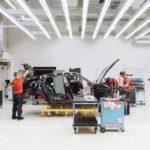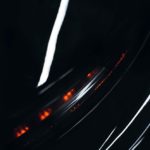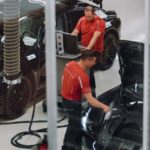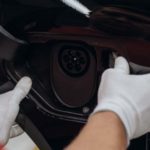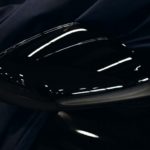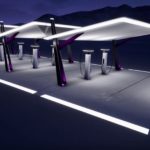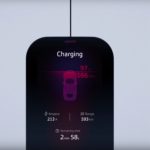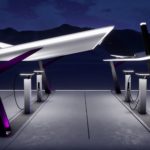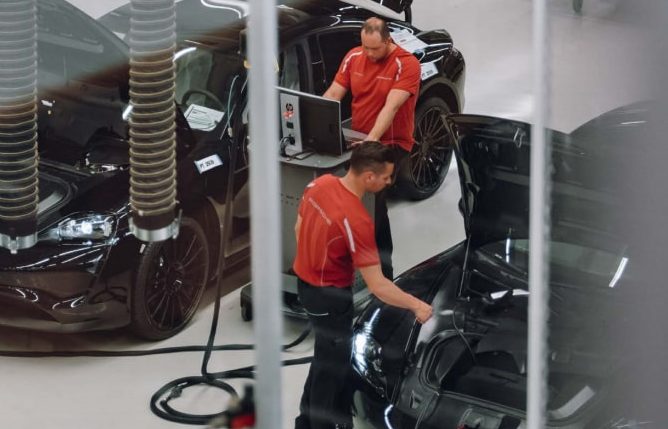
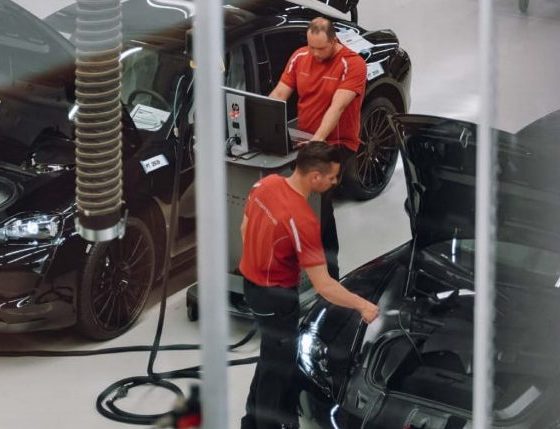
News
Porsche Mission E pre-production pics reveal new details about Tesla rival
Details of the pre-production variant of Porsche’s rival to the Tesla Model S, the Mission E, was recently revealed in the German carmaker’s Annual & Sustainability report for 2017. The images of the Mission E pre-production units reveal similarities and changes to the vehicle’s eye-catching concept that Porsche revealed during the 2015 Frankfurt Motor Show.
Details of the pre-production Mission E in Porsche’s recent report include the electric car’s passenger doors, which appear to have taken a step away from the concept version’s suicide doors. The pre-production design’s front, however, carries over much of the details found on the concept, including the eye-catching aerodynamic lines that bend into the car’s headlights.
The pre-production Mission E’s storage spaces were also visible in the images provided by the German legacy carmaker. Based on the photos, the frunk of the pre-production Mission E appears to be in the same ballpark as the Model 3. Thanks to its broad-hipped design, the Mission E’s rear trunk seems to have a lot of space as well.
Also included in the report is an image of the vehicle’s charge port, which is designed to be compatible with the IONITY charging network. As we noted in a previous report, the IONITY network, which is built in collaboration by the Volkswagen Group, BMW Group, Daimler AG, and the Ford Motor Company, is designed to rival Tesla’s Supercharger network. IONITY exceeds the current output of Tesla’s 120 kW Superchargers, with an output of 350 kW. With this charging infrastructure in place, Porsche claims that the Mission E could gain 248 miles of range in as little as 15 minutes.
- Details of the pre-production units of the Mission E were featured in Porsche’s 2017 Annual & Sustainability report. [Credit: Porsche]
- Details of the pre-production units of the Mission E were featured in Porsche’s 2017 Annual & Sustainability report. [Credit: Porsche]
- Details of the pre-production units of the Mission E were featured in Porsche’s 2017 Annual & Sustainability report. [Credit: Porsche]
- Details of the pre-production units of the Mission E were featured in Porsche’s 2017 Annual & Sustainability report. [Credit: Porsche]
- Details of the pre-production units of the Mission E were featured in Porsche’s 2017 Annual & Sustainability report. [Credit: Porsche]
According to a recent report from GearBrain, however, Porsche’s pay system for the IONITY network would be on the other side of the spectrum as Tesla’s Superchargers. Tesla’s high-powered Superchargers charge Model 3 owners every time they use the infrastructure, but owners of the Model S and Model X — the Elon Musk-led company’s flagships — can use the chargers for free.
In a statement to the publication, Porsche’s deputy chairman of the executive board Lutz Meschke noted that the company would bill Mission E owners for charging services from day one of ownership. The executive also noted that the rates for the IONITY network would be comparable to the prices of gasoline. The Porsche executive also downplayed the business model of Tesla’s charging infrastructure, stating that the Supercharger network “was only free for a while.”
“Yes, but it (Tesla’s Supercharger network) was only free for a while. You can not run things like this; you have to earn money from these services. We want to earn money with the new products and services,” Meschke said.
The Porsche executive’s statement about the Supercharger network’s rates is only partly true, of course, as only Model 3 owners are adopting a pay-per-use model. In a recent statement on its website announcing a price adjustment for the service, Tesla even asserted that the company is not looking to make money from the Supercharger network.
“Tesla is committed to ensuring that Supercharger will never be a profit center,” Tesla wrote.

Elon Musk
SpaceX Starship Version 3 booster crumples in early testing
Photos of the incident’s aftermath suggest that Booster 18 will likely be retired.
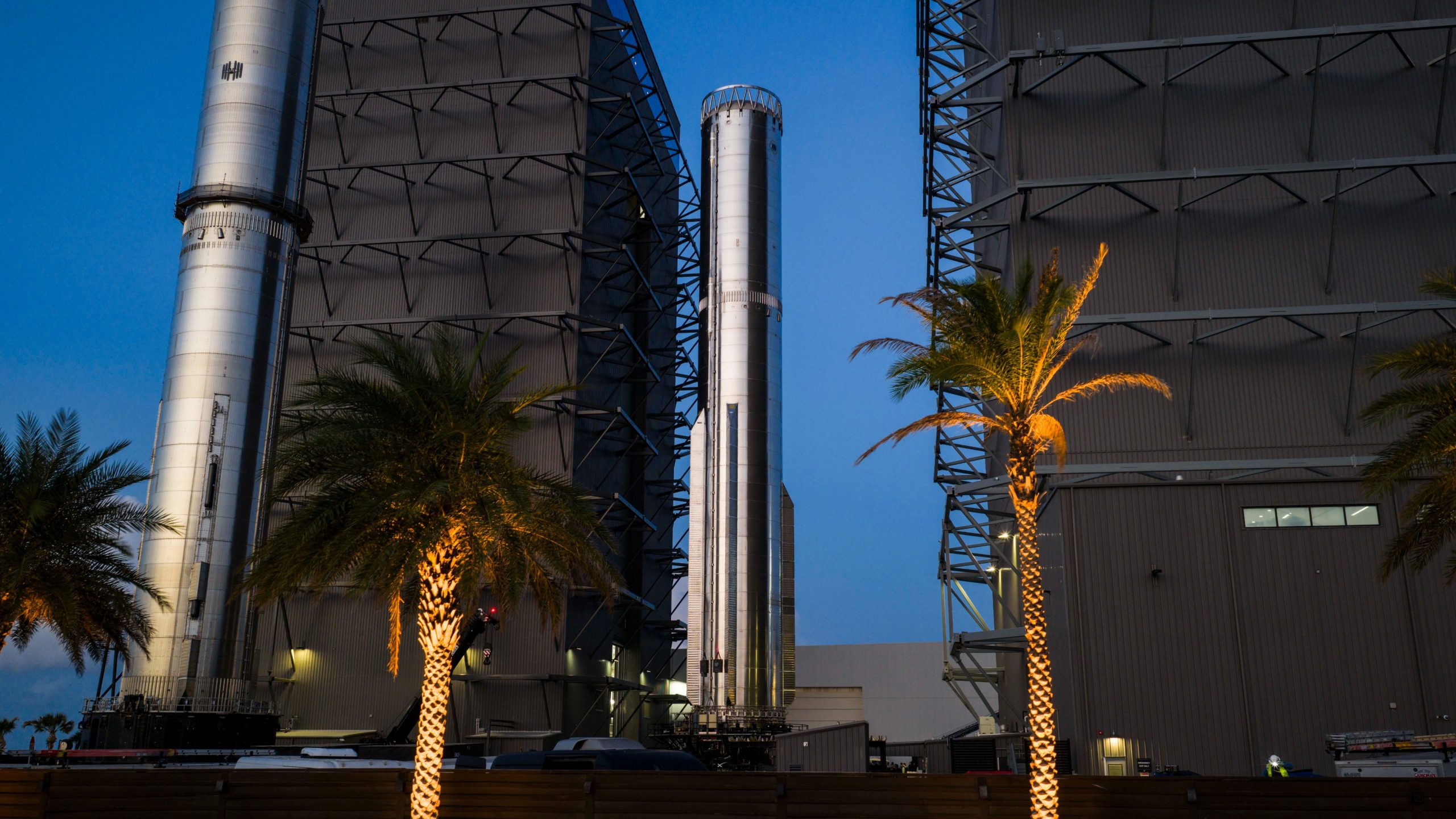
SpaceX’s new Starship first-stage booster, Booster 18, suffered major damage early Friday during its first round of testing in Starbase, Texas, just one day after rolling out of the factory.
Based on videos of the incident, the lower section of the rocket booster appeared to crumple during a pressurization test. Photos of the incident’s aftermath suggest that Booster 18 will likely be retired.
Booster test failure
SpaceX began structural and propellant-system verification tests on Booster 18 Thursday night at the Massey’s Test Site, only a few miles from Starbase’s production facilities, as noted in an Ars Technica report. At 4:04 a.m. CT on Friday, a livestream from LabPadre Space captured the booster’s lower half experiencing a sudden destructive event around its liquid oxygen tank section. Post-incident images, shared on X by @StarshipGazer, showed notable deformation in the booster’s lower structure.
Neither SpaceX nor Elon Musk had commented as of Friday morning, but the vehicle’s condition suggests it is likely a complete loss. This is quite unfortunate, as Booster 18 is already part of the Starship V3 program, which includes design fixes and upgrades intended to improve reliability. While SpaceX maintains a rather rapid Starship production line in Starbase, Booster 18 was generally expected to validate the improvements implemented in the V3 program.
Tight deadlines
SpaceX needs Starship boosters and upper stages to begin demonstrating rapid reuse, tower catches, and early operational Starlink missions over the next two years. More critically, NASA’s Artemis program depends on an on-orbit refueling test in the second half of 2026, a requirement for the vehicle’s expected crewed lunar landing around 2028.
While SpaceX is known for diagnosing failures quickly and returning to testing at unmatched speed, losing the newest-generation booster at the very start of its campaign highlights the immense challenge involved in scaling Starship into a reliable, high-cadence launch system. SpaceX, however, is known for getting things done quickly, so it would not be a surprise if the company manages to figure out what happened to Booster 18 in the near future.
News
Tesla FSD (Supervised) is about to go on “widespread” release
In a comment last October, Elon Musk stated that FSD V14.2 is “for widespread use.”
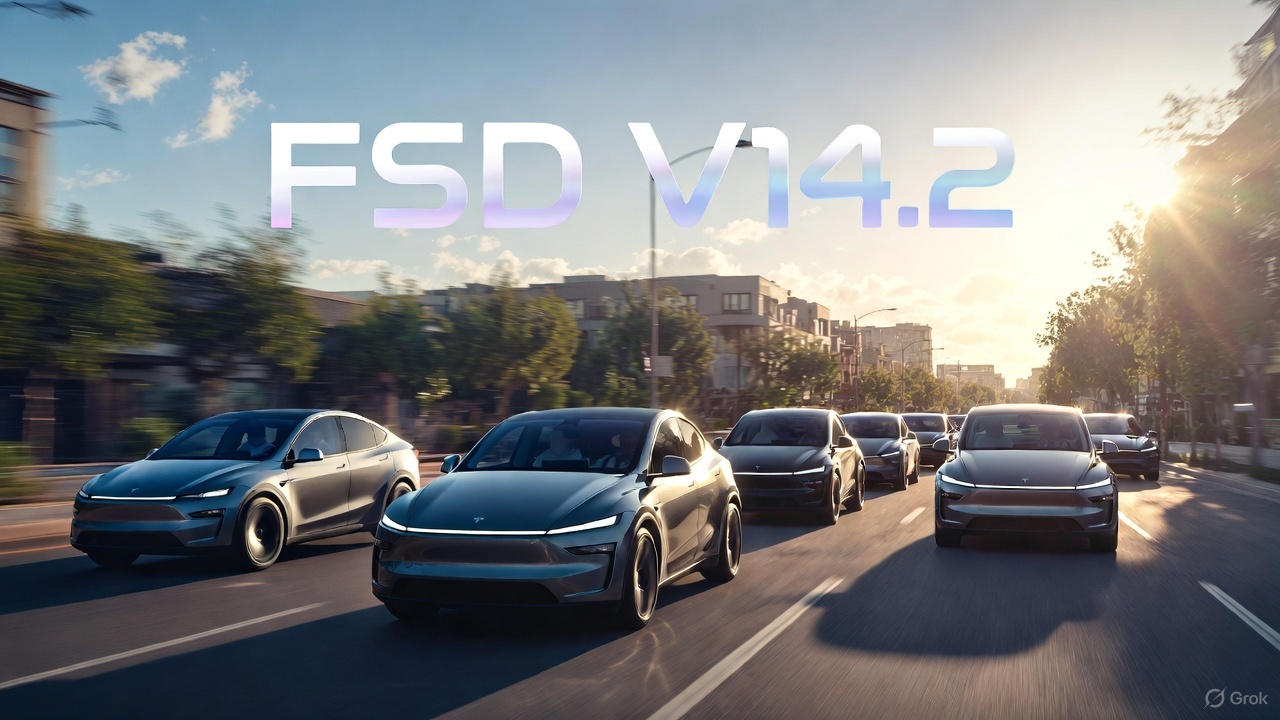
Tesla has begun rolling out Full Self-Driving (Supervised) V14.2, and with this, the wide release of the system could very well begin.
The update introduces a new high-resolution vision encoder, expanded emergency-vehicle handling, smarter routing, new parking options, and more refined driving behavior, among other improvements.
FSD V14.2 improvements
FSD (Supervised) V14.2’s release notes highlight a fully upgraded neural-network vision encoder capable of reading higher-resolution features, giving the system improved awareness of emergency vehicles, road obstacles, and even human gestures. Tesla also expanded its emergency-vehicle protocols, adding controlled pull-overs and yielding behavior for police cars, fire trucks, and ambulances, among others.
A deeper integration of navigation and routing into the vision network now allows the system to respond to blocked roads or detours in real time. The update also enhances decision-making in several complex scenarios, including unprotected turns, lane changes, vehicle cut-ins, and interactions with school buses. All in all, these improvements should help FSD (Supervised) V14.2 perform in a very smooth and comfortable manner.
Elon Musk’s predicted wide release
The significance of V14.2 grows when paired with Elon Musk’s comments from October. While responding to FSD tester AI DRIVR, who praised V14.1.2 for fixing “95% of indecisive lane changes and braking” and who noted that it was time for FSD to go on wide release, Musk stated that “14.2 for widespread use.”
FSD V14 has so far received a substantial amount of positive reviews from Tesla owners, many of whom have stated that the system now drives better than some human drivers as it is confident, cautious, and considerate at the same time. With V14.2 now rolling out, it remains to be seen if the update also makes it to the company’s wide FSD fleet, which is still populated by a large number of HW3 vehicles.
News
Tesla FSD V14.2 starts rolling out to initial batch of vehicles
It would likely only be a matter of time before FSD V14.2 videos are posted and shared on social media.
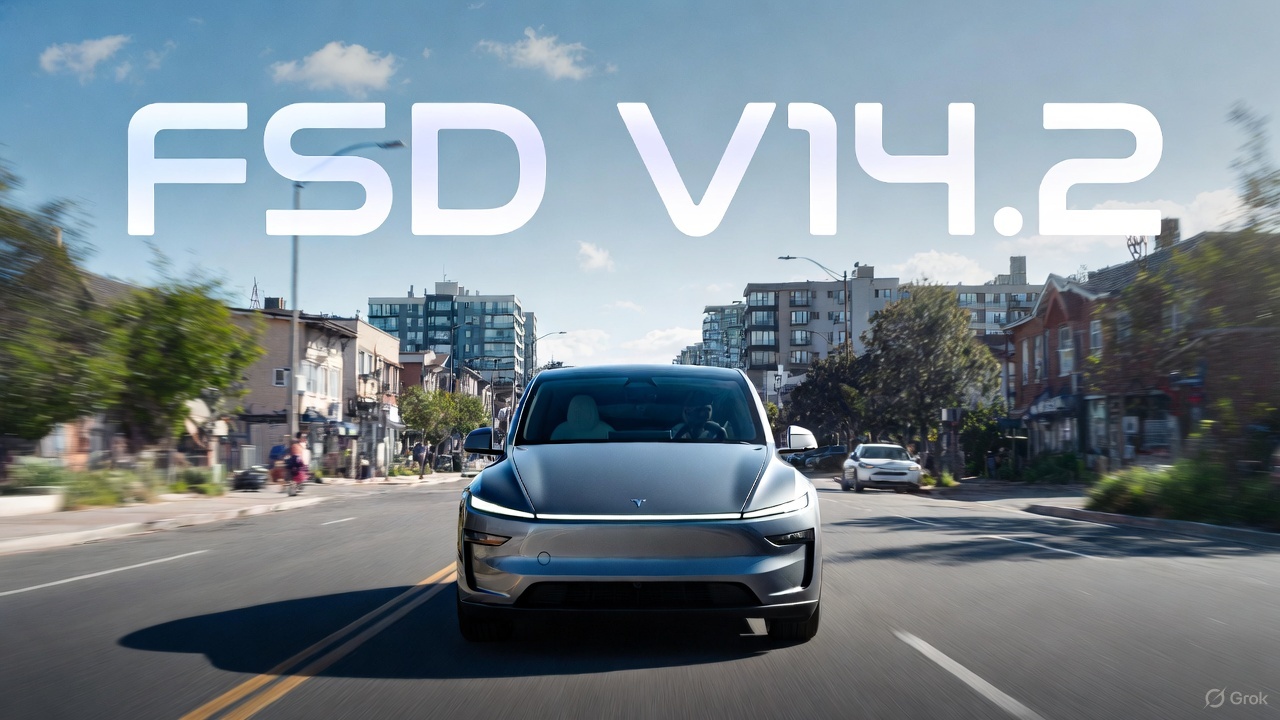
Tesla has begun pushing Full Self-Driving (Supervised) v14.2 to its initial batch of vehicles. The update was initially observed by Tesla owners and veteran FSD users on social media platform X on Friday.
So far, reports of the update have been shared by Model Y owners in California whose vehicles are equipped with the company’s AI4 hardware, though it would not be surprising if more Tesla owners across the country receive the update as well.
Based on the release notes of the update, key improvements in FSD V14.2 include a revamped neural network for better detection of emergency vehicles, obstacles, and human gestures, as well as options to select arrival spots.
It would likely only be a matter of time before FSD V14.2 videos are posted and shared on social media.
Following are the release notes of FSD (Supervised) V14.2, as shared on X by longtime FSD tester Whole Mars Catalog.
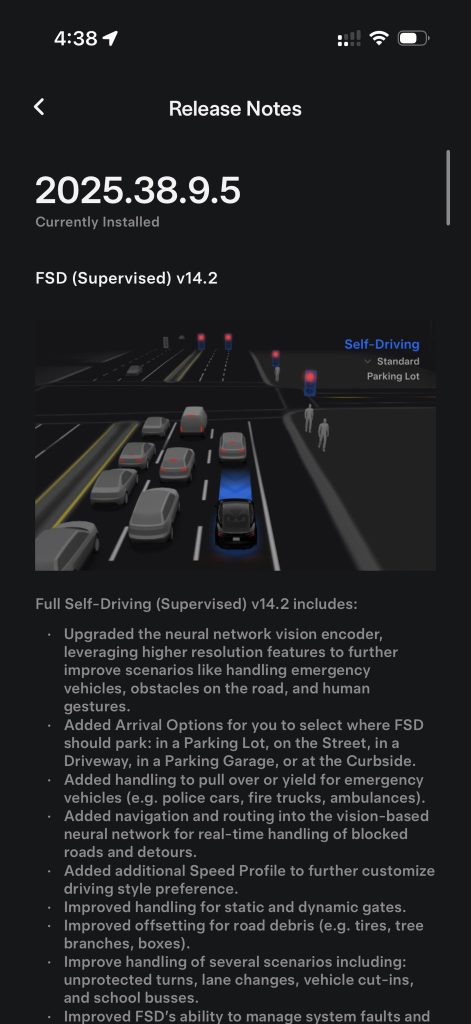
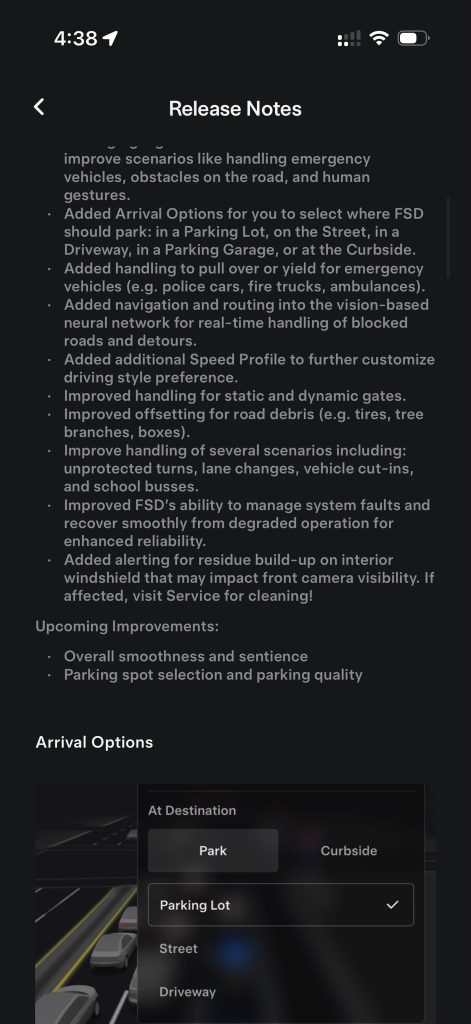
Release Notes
2025.38.9.5
Currently Installed
FSD (Supervised) v14.2
Full Self-Driving (Supervised) v14.2 includes:
- Upgraded the neural network vision encoder, leveraging higher resolution features to further improve scenarios like handling emergency vehicles, obstacles on the road, and human gestures.
- Added Arrival Options for you to select where FSD should park: in a Parking Lot, on the Street, in a Driveway, in a Parking Garage, or at the Curbside.
- Added handling to pull over or yield for emergency vehicles (e.g. police cars, fire trucks, ambulances.
- Added navigation and routing into the vision-based neural network for real-time handling of blocked roads and detours.
- Added additional Speed Profile to further customize driving style preference.
- Improved handling for static and dynamic gates.
- Improved offsetting for road debris (e.g. tires, tree branches, boxes).
- Improve handling of several scenarios including: unprotected turns, lane changes, vehicle cut-ins, and school busses.
- Improved FSD’s ability to manage system faults and improve scenarios like handling emergency vehicles, obstacles on the road, and human gestures.
- Added Arrival Options for you to select where FSD should park: in a Parking Lot, on the Street, in a Driveway, in a Parking Garage, or at the Curbside.
- Added handling to pull over or yield for emergency vehicles (e.g. police cars, fire trucks, ambulances).
- Added navigation and routing into the vision-based neural network for real-time handling of blocked roads and detours.
- Added additional Speed Profile to further customize driving style preference.
- Improved handling for static and dynamic gates.
- Improved offsetting for road debris (e.g. tires, tree branches, boxes).
- Improve handling of several scenarios, including unprotected turns, lane changes, vehicle cut-ins, and school buses.
- Improved FSD’s ability to manage system faults and recover smoothly from degraded operation for enhanced reliability.
- Added alerting for residue build-up on interior windshield that may impact front camera visibility. If affected, visit Service for cleaning!
Upcoming Improvements:
- Overall smoothness and sentience
- Parking spot selection and parking quality
